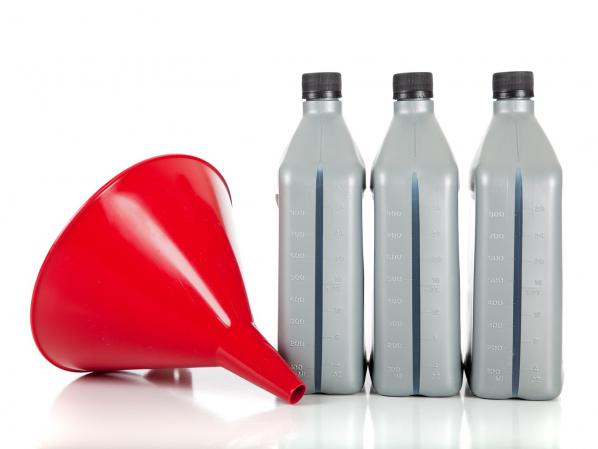Why Do You Need An SDS To Match The Hazardous Product In Your Workplace?
December 2, 2020

As a provider of SDS Management software and services, we get this question a lot. There are many regulatory and practical reasons why accuracy matters when you add a Safety Data Sheet to your binder.
WHMIS requirements for Safety Data Sheets
In Canada, WHMIS requirements indicate employers need a copy of a Safety Data Sheet that matches the product at the workplace. WHMIS regulations require suppliers to ship an SDS with the purchase of their product. In the USA, OSHA has similar HazCom requirements for employers and suppliers. Interpretation of this requirement for an employer means the product name, supplier name and product code (if listed) on the SDS in your SDS library needs to match the product and supplier name on the product label of the container and the SDS that was originally shipped with the product from the supplier.
SDSs Need To Be Written For The Country You Operate In
The SDS in your library needs to be written for the country your workplace is operating. If your worksite is in Canada, the SDS for a product originating from the USA needs to include the Canadian jurisdiction and WHMIS requirements. Many SDSs are written to meet multi-country requirements including -specific Occupational Health and Safety regulations, transportation regulations and Occupational Exposure Limits.
Reasons Why SDS Sheets Must Match Chemical Products
Here are 7 more reasons the SDS needs to match the product on hand.
-
Products with a similar name are not all the same
Common shop supply products like paint, motor oil or windshield washer fluid may appear to have the same name but do not have exactly the same ingredients and are not all made by the same supplier. A variation on the products influences their hazard classification. The classification on a Safety Data Sheet drives the hazard statements, precautions to take while working with the product, first aid and emergency response. An exact match of the product and supplier SDS is essential to ensuring you have the correct information for worker protection.
-
An Accurate SDS Is Needed For A Hazard Assessment
Health and Safety regulations state that hazard assessments must be completed on all hazards that can potentially cause harm in the workplace. An SDS for the incorrect product may list different chemical properties. When you are working with a chemical, the SDS is the basis for the hazard assessment. If the hazards are not identified correctly, the assessments are not valid.
-
Raises Health Concerns For Employee Safety And Their Preexisting Medical Conditions
Worker medical conditions may be aggravated by certain chemicals, it is important to have this information. For example, employees with kidney conditions should not work with certain solvents, an SDS with hazardous solvents in it will say: May cause damage to organs through prolonged or repeated use. Understanding the chemicals at the worksite can prevent making an employee’s medical condition worse.
-
To Understand Consumer Products Used in the Workplace
Many workplaces have hazardous products purchased from hardware or grocery stores without an SDS provided. These products can still have hazards that your workers need to be aware of. Workplace use of a chemical is often more frequent and in higher quantities than intended for a home, elevating the physical and health risk of the product. Suppliers of consumer products can be contacted for an SDS. They will usually have one for their workers.
-
To Be Aware Of Regulatory Requirements
Ingredients in a product may be identified on provincial/state regulatory lists and subsequently subject to additional Occupational Health and Safety regulations. For example, some drilling fluids may have silica as part of their ingredients. This substance would be flagged in British Columbia and the employer would be required to have an Exposure Control Plan. Your chemical safety training and controls flow from your SDS; having an exact match is critical to not jeopardize the protection of workers and be compliant with local regulations.
-
To Archive Worker Health Records Long-Term
Canadian Worker Compensation Board data shows 64% of workplace fatalities come from exposure to harmful substances. For this reason, many jurisdictions require SDSs to be kept for 30 years after the last use of the chemical, having the correct SDS is important for long-term worker health records.
-
To Reference In Case Of An Environmental Incident
If your organization needs to submit environmental reporting or have SDSs available for environmental incidents like spills, it is important to have the accurate SDS in your SDS library.
Protect Your Workplace and Keep Your SDS Sheets Accurate
Understanding the details of chemical safety has long-term benefits to workers and your organization. Working unprotected with chemicals is a constant and growing health burden. An attitude of “small exposures will not affect me” is a form of gambling. Choices made daily at work, like at home, over a lifetime have consequences for your employee’s future health.



